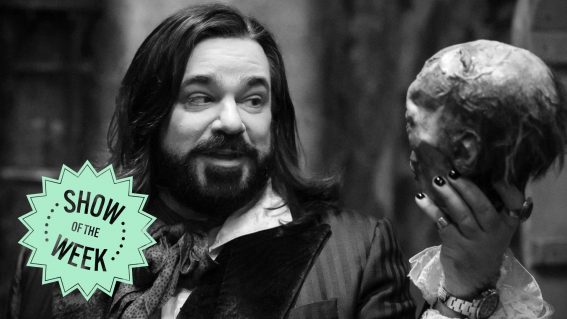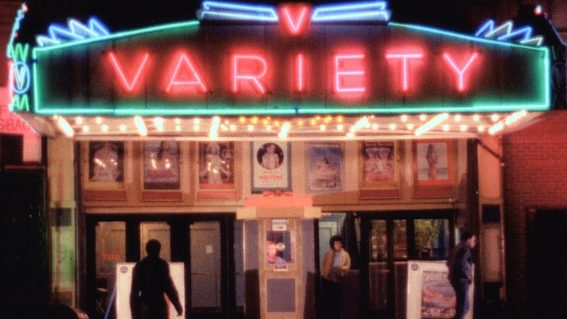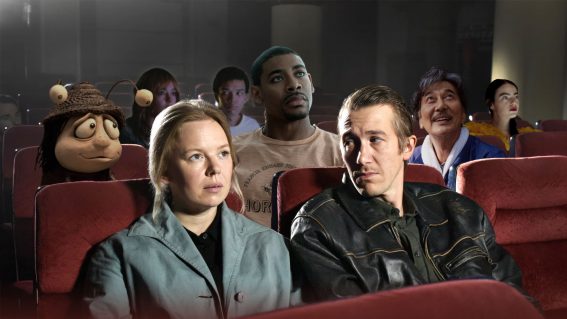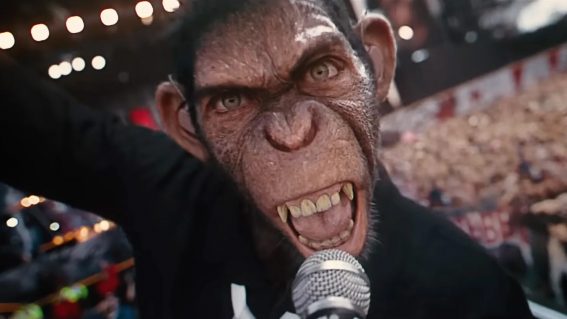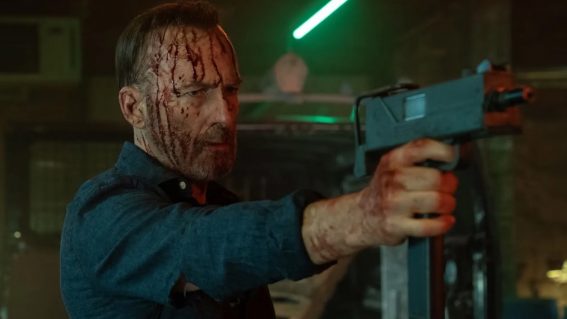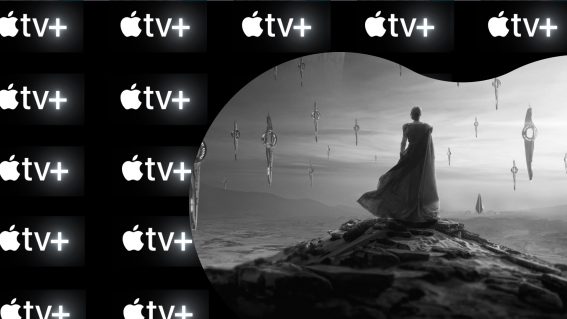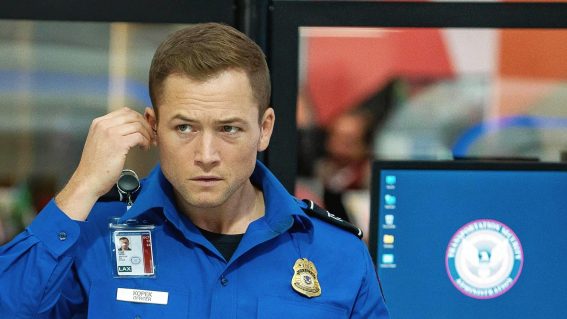Retrospective: Tangerine is one of the greatest (and wildest) Christmas movies
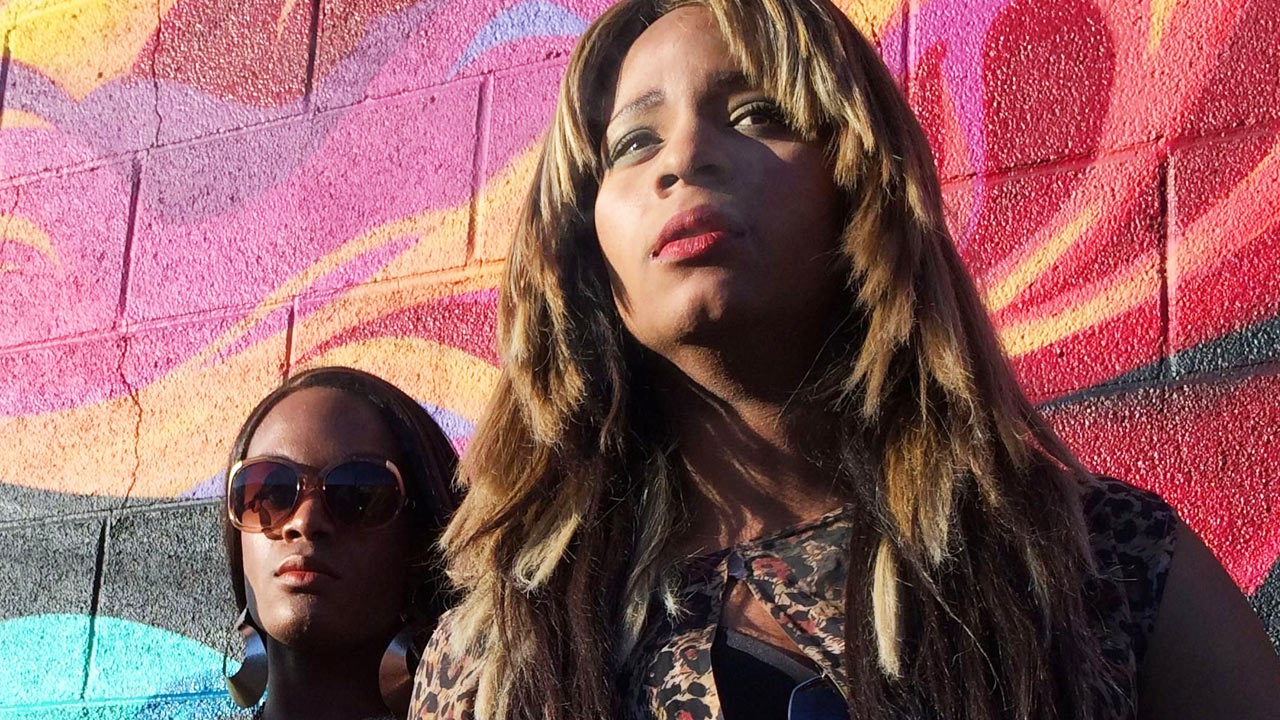
An iPhone-shot odyssey of working girls storming around Los Angeles on Christmas Eve, 2015’s Tangerine is the opposite of a silent night. Luke Buckmaster reckons it belongs in your canon of festive holiday classics.
“Merry Christmas Eve bitch!” The exclamation mark I inserted at the end of that quote—the first words spoken in writer/director Sean Baker’s convention-shattering festive season dramedy Tangerine—is more a recognition of the film’s terrifically fast and chaotic pace than the speed of that line in particular. It might even be one of the film’s slowest moments. The person speaking is Sin-Dee Rella (Kitana Kiki Rodriguez), who’s just been released from jail and is chewing the fat with her bestie Alexandra (Mya Taylor) in a donut shop on a busy Los Angeles intersection.
Both are trans sex workers, crashing and careening through life in the City of Angels: talking trash, dealing with clients, not taking any guff, and in Sin-Dee Rella’s case, storming through the streets like a human tornado, upending the already unstable order of things. Alexandra activates the bee in her bonnet when she reveals that Sin-Dee Rella’s boyfriend—the drug dealer and pimp Chester (James Ransone)—has been cheating on her “with some white fish.” This woman’s “a real bitch,” she says: “like vagina and everything.” Alexandra doesn’t know her name, just that it starts with “D”.
This is a standardly framed dialogue interaction, more or less, cutting between mid-shots of the actors who are positioned in front of windows, through which we see vision of LA’s concrete jungles. But there’s nothing standard stylistically speaking about what follows, when Sin-Dee Rella bolts from the diner (on the hunt for the aforementioned woman) and the film leaps into motion with face-melting force.
The frame spins and pirouettes, jittering and juddering, Baker spectacularly exploiting his very mobile cameras. The film was famously shot on iPhones then crunched in the editing room—layered with adrenalising sounds and songs, and lacquered with piquant orange-hued colours like, indeed, a tangerine that’s been left in the sun or hurled at a wall. The aesthetic feels hot, sticky, pulpy.
Despite or perhaps because of this hyper stylisation, Tangerine truly feels from beginning to end like a film made on the streets, by and about people from the streets. It’s one of my favourite Christmas movies and it’s wildly unlike any other: explosively bold—with the subtlety of a rainbow-coloured brick smashed into your face—but with a tenderness that eventually rises to the surface, through a story about supporting people you love through thick and thin. This softer side is particularly pronounced in a scene when Alexandra, an aspiring singer, performs to a small crowd in a bar (a couple of whom, as you do, smoke crack in the toilet).
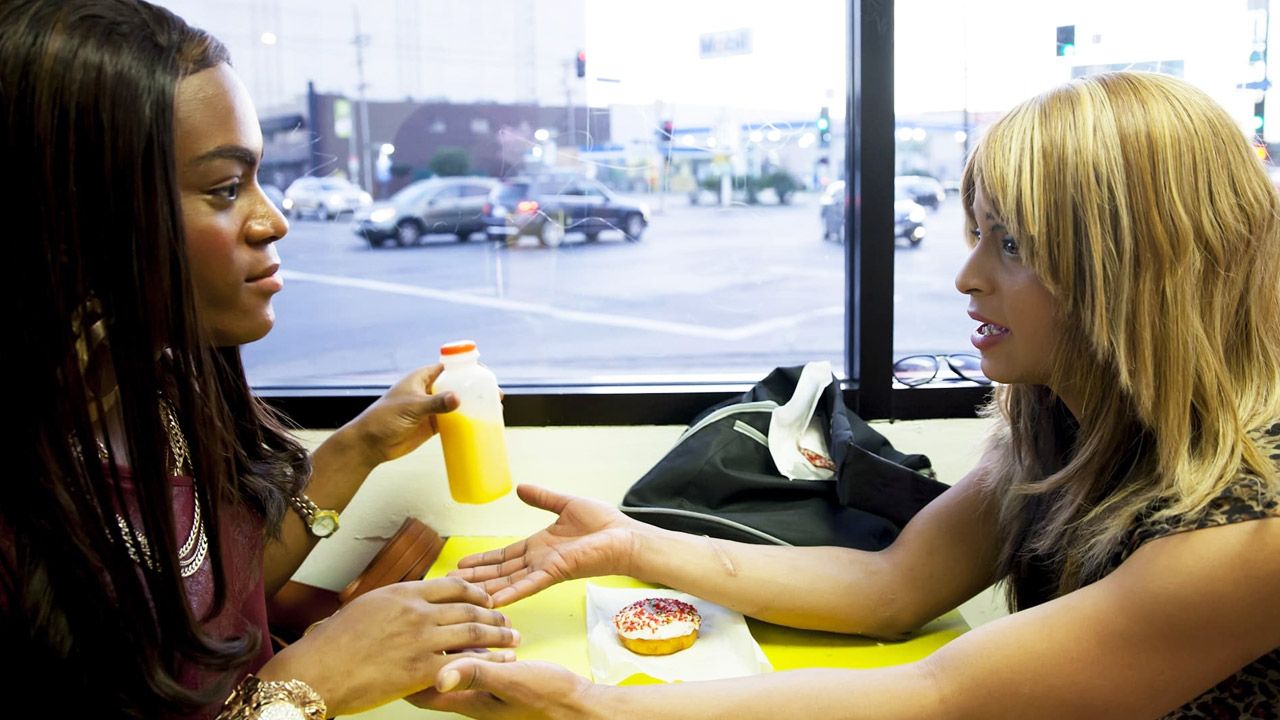
Tangerine is clearly signposted as a Christmas film, aesthetically and environmentally, decorations lining streets and homes and some festive events taking place, including a family gathering that Razmik (Karren Karagulian) wants to escape from. He’s an Armenian cabbie with a thing for going down on trans women; in one scene he’s revolted to discover a sex worker he’s picked up doesn’t have a penis. Yes: this moment and others of a similar vein aren’t exactly depictions of a baby in a manger or a kid sitting on Santa’s knee. But this is a realistic portrayal of the festive season and a reminder that Christmas means different things (sometimes diddly-squat) to different people.
Tangerine is the kind of production that could never have been made without the French New Wave: there’s lots of jumps cuts, askew framing, irregular transitions, jerky imperfections and extensive breaking of the 180 degree rule. And it’s a great reminder us that there are many ways to create a cracking pace. Throughout the runtime for instance the characters moan, bitch, bicker, backbite, talk straight and talk loud, in testy conversations performatively reminiscent of screwball comedies, in that the actors deliver dialogue at a faster rate than normal. This also involves characterisation (they aren’t playing shrinking violets!) but the result is the same: conversations with bouncy cadence and a ping-ponging flow.
I like spending time with these characters, even if some are intense and highly strung. And I love spending time with the film’s style, which is perfectly calibrated to its performers, particularly the dazzlingly in-your-face Kitana Kiki Rodriguez. Watching her is like being zapped with a sonic weapon; there’s no chance you won’t feel it. Ditto for the film itself.




